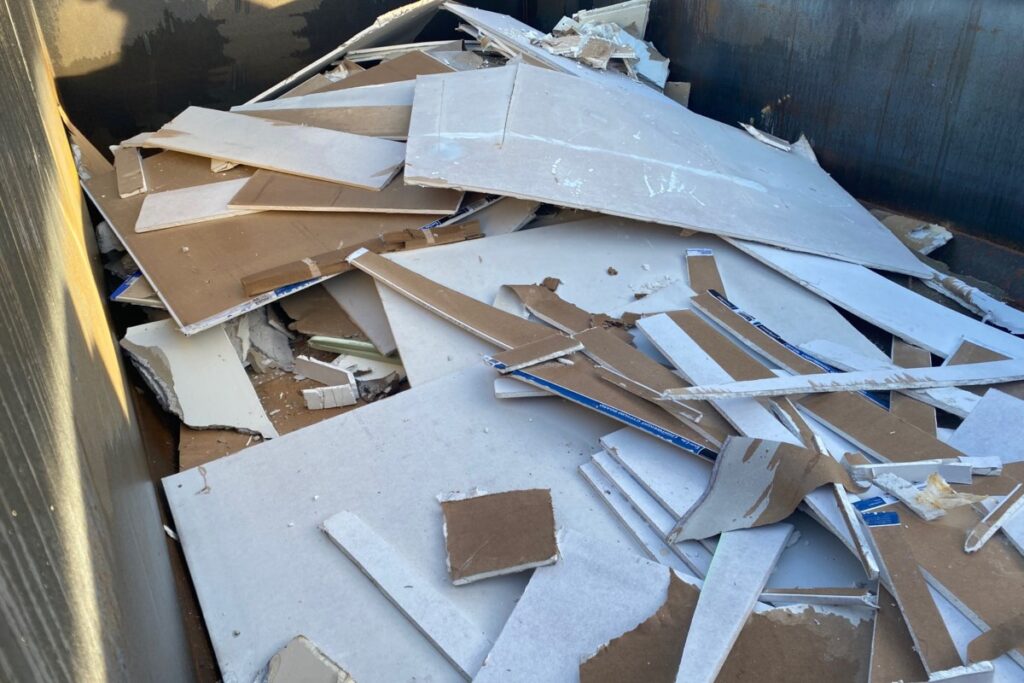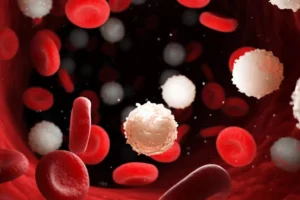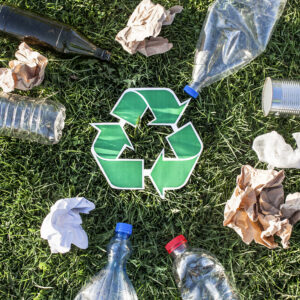
Drywall is everywhere in modern construction—but once it’s torn out, deciding what to do with it isn’t always straightforward. Should you send it to the landfill, or take the more eco-conscious route and recycle it? When it comes to drywall disposal, the environmental and practical benefits are clear—but the best choice depends on your project. Let’s explore both options.
What Happens When Drywall Hits the Landfill
It might seem easy, but sending drywall straight to the dump comes with hidden downsides:
-
Releasing toxic gas
In landfills, gypsum breaks down and can produce hydrogen sulfide gas—the same foul odor as rotten eggs. This gas can be harmful to workers and nearby communities. -
Wasting valuable resources
Gypsum is a mined material that can be recycled multiple times. Landfilling it locks up useful resources and means more mining elsewhere. -
Boosting greenhouse gases
Even without producing methane itself, the logistics of hauling drywall to the dump contribute to CO₂ emissions.
It’s easy—but definitely not eco-friendly.
The Upside of Recycling Drywall
Recycling drywall offers many advantages:
-
Conserving natural resources
Recycled gypsum can be used in new drywall, cement production, and even agricultural products—reducing the need for new materials. -
Cutting greenhouse emissions
Reprocessing drywall uses much less energy than mining and manufacturing new gypsum—saving on CO₂ output. -
Eliminating toxic gas production
With less gypsum in landfills, the risk of hydrogen sulfide emissions drops significantly. -
Supporting a circular economy
By recycling, your old drywall becomes the building material for tomorrow’s projects.
Why Recycling Isn’t Always Simple
Recycling drywall is great—but it has its challenges:
-
Contamination concerns: Drywall covered in paint, mold, or joint compounds can’t be recycled easily. Older materials may also contain asbestos or lead.
-
Limited recycling facilities: Not all regions have drywall-specific recycling available.
-
Sorting logistics: Recyclable drywall must be separated from mixed debris to avoid contamination.
But where it’s possible, recycling still wins.
When to Choose Recycling vs. Landfill
Use this quick guide to make the right choice:
-
Clean, new-offcut drywall: Easy to recycle. Keep it dry and date-stamped, and drop it off at a facility that accepts clean gypsum.
-
Demolition drywall: Requires testing for asbestos or lead. If clean, it can go to recycling. If contaminated, it should go to landfill.
-
No recycling options nearby: Then use landfill disposal—but separate clean drywall if regulations allow.
How Recycling Works in Practice
Contractors often order dedicated drywall bin rentals. These bins are labeled for recycling and only accept approved, clean gypsum. Once collected, materials go to a processing facility where gypsum is separated from paper, contaminants, and recycled properly—or safely landfilled if contaminated.
Environmental Advantages by the Numbers
-
Recycling gypsum emits far fewer greenhouse gases than landfilling.
-
Landfills with gypsum often require extra gas collection systems due to toxic gas generation.
-
Every ton of recycled drywall prevents landfill pollution and protects workers and nearby residents.
Tips to Make Eco-Friendly Drywall Disposal Easier
-
Plan ahead: Estimate how much drywall you’ll have and keep it clean.
-
Order separate bins: If you have demolition and new-offcuts, use different containers.
-
Get it tested: For older structures, confirm there’s no asbestos or lead.
-
Talk to your provider: Ensure they’ll recycle clean drywall.
-
Keep materials dry: Wet gypsum can become contaminated and unusable.
Final Takeaway
When considering drywall disposal, recycling is usually the better choice—for the environment, your budget, and community health. It reduces toxic gases, preserves materials, and supports sustainable building practices. Landfill is easier—but has hidden drawbacks.
So next time you’re working on a renovation or demolition, take the green route. Your drywall can have a second life—and you’ll feel good knowing you did the right thing.





